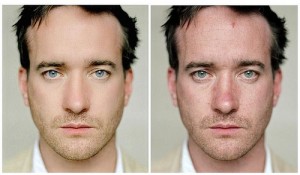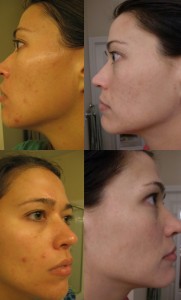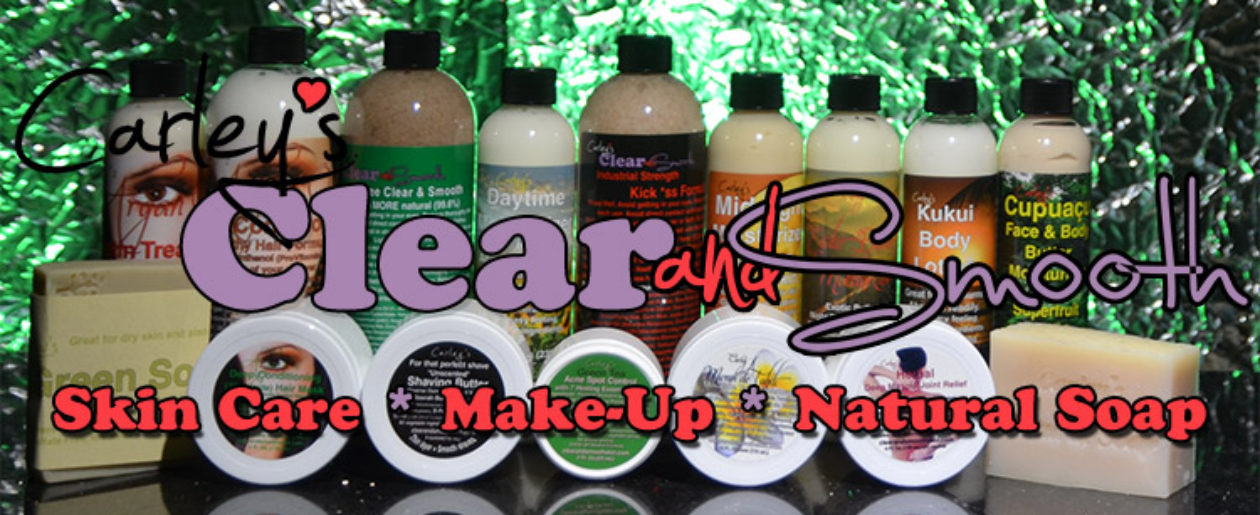
Anyone with experience in marketing will tell you that you need a sensitive “BS meter” to survive in today’s consumer driven world. Cheap promotions, infomercials, too-good-to-be-true models, “miracle cures” all trigger this alarm. One of the most deceptive forms of advertising is the “Before and After Picture”. No industry does it better than cosmetics.
There is no better story than a dramatic transformation in pictures. Think about it: You’re looking for a product that can cure your acne and compare two different products. The “before” pictures are always the same. The “after” pictures? Also the same. From rough, acne scarred faces to clear as day skin. There is NOTHING that differentiates them (other than the paid models)!
This video of an “amazing transformation” was nothing out of the ordinary. All it took was switching the order of the pictures. The “before” picture – ironically done “after” was a result of vegetation and a vast amount of dairy and sodium. If an entire fitness program can deceive customers through five hours of amateur deception, what chance do you have believing a cosmetic company’s claims?

The skin industry uses this form of advertising even more deceptively than that video showed. Models are often paid to star in these infomercials and promotional adverts. Photos are taken without any make-up and the same facial expression in each – frowning. The “after” pictures are often no more than a savvy combination of smiles, professional makeup and Photoshop. Plastic surgeon Joseph Niamtu , DMD warns consumers to look for the differences in flash in these pictures. You can often spot major differences in pictures simply through the method of photography. When taken with a flash, the skin usually looks much better – and worse without the flash. The opposite effect may occur if the model has noticeably oily skin. Lighting, moods, day chosen, facial expression, make-up, diet and even Photoshop. Photoshopping has also become such a problem in cosmetic advertising that lawmakers are seeking to ban the practice. Tips for spotting deceptive cosmetic advertisements:
- The subjects chosen are models – This might be hard to spot but real subjects are almost always described as such
- Look out for the flash and lighting differences
- Notice if the skin has an other-worldly smoothness – This screams professional Photoshop
- The “before” picture is frowning and the “after” is smiling – Advertisers now seem to use the same facial expressions since it’s so easy to spot
- The words “miracle cure” show up anywhere
I hope I made your “BS Meter” that much more wary. We don’t want to be negative and tell you that our product – or any product out there – can’t cure you. It can. What we want to tell you is that this form of promotion has been used to death. We don’t want to give anyone false expectations. Everyone clears up differently at different intervals. This is why we will never use this dreaded form of promotion.

